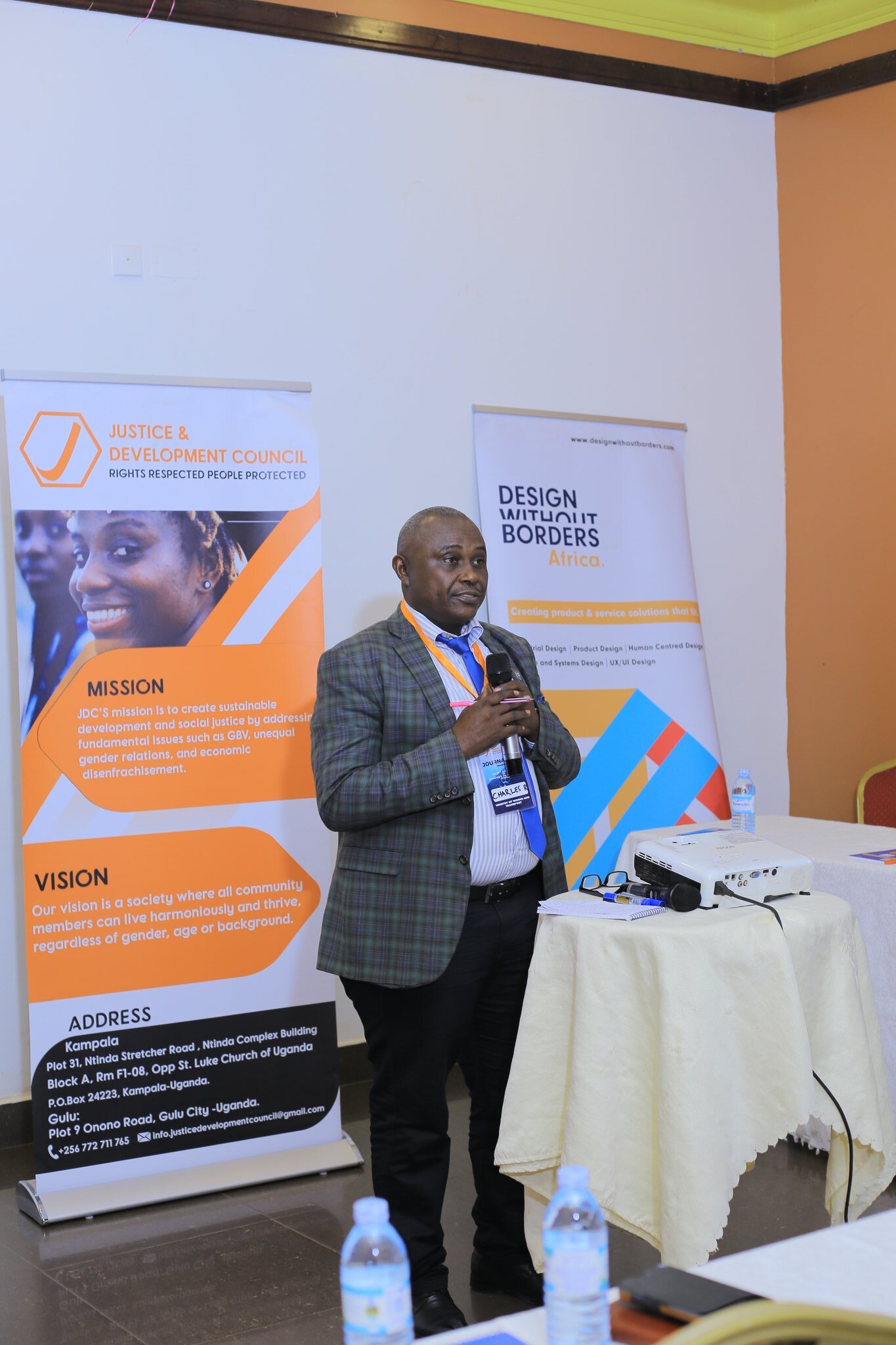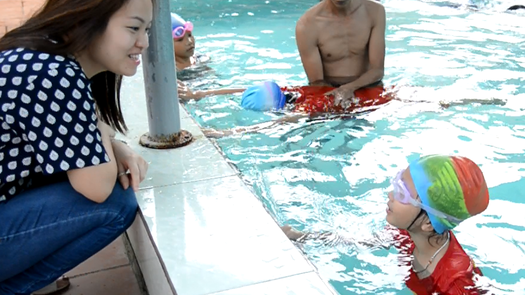November 3, 2025
"Drowning is a growing public health concern in Uganda—and it demands urgent, coordinated action."
These words from Mr. Charles Ruzigye, Assistant Commissioner at the Ministry of Works and Transport, framed the urgency of a national journalist workshop on drowning prevention held recently in Kampala. Organized by the Justice and Development Council (JDC), with support from the Global Health Advocacy Incubator (GHAI), the workshop brought together journalists from across the country to strengthen their capacity as informed storytellers for water safety.

For GHAI, the training reflected a broader commitment to strengthening country-led solutions that protect lives through policy change. By equipping journalists to report on drowning with accuracy, empathy and evidence, GHAI is helping to elevate public discourse, increase pressure on decision-makers to act, and mobilize support for lifesaving reforms.
According to a 2020 published study by Makerere University School of Public Health, 115 lives are lost every year to drowning in Mayuge alone — the highest rate in Uganda at 24.3 per 100,000 people. In neighboring Serere, 43 people drown annually; in Nakasongola, the waters claim 30 lives each year. Together, these three districts account for 188 preventable deaths every single year. For context, this is nearly five fully-loaded minibus taxis disappearing into the water, leaving only emptiness and grief behind.
Despite these alarming figures, the issue remains under-prioritized in public discourse and policymaking. Risk factors—including alcohol and drug use near water bodies, unsafe swimming practices, such as swimming alone, in unfamiliar or dangerous waters, or without proper supervision or safety gear, mobile phone distractions, and the widespread use of unregulated boats and safety aids such as lifejackets—continue to drive preventable fatalities, particularly in lakeside and riverside communities.
That’s where journalists come in.
“Through compelling storytelling, the media can shine a light on overlooked tragedies and drive demand for policy solutions,” said Georgine Obwana, Media Expert facilitator.
The workshop equipped journalists with skills in ethical reporting, data use and framing drowning as a systemic issue with solutions rooted in policy and prevention. It also fostered engagement with key stakeholders—including Safe Transport and Survivors Support Uganda (STASSU), Reach A Hand Uganda (RAHU), and Designs without Borders (DwB)—who shared their efforts in research, advocacy, and community-based interventions.
The engagement came at a strategic time. Uganda is preparing to launch its National Drowning Prevention Strategy by July 2025, in line with the World Drowning Prevention Day on July 25. Active and informed media will be instrumental in generating public awareness, ensuring accountability, and sustaining pressure for effective implementation.
For the government of Uganda, this growing media capacity presents a valuable opportunity to:
- Enhance public education on drowning risks and safety practices
- Improve enforcement of maritime and transport safety regulations
- Strengthen cross-sector collaboration, especially among health, transport and education ministries
- Support data-driven policy decisions through consistent, community-grounded reporting
Through journalist workshops and strategic media partnerships, JDC—supported by GHAI—is advancing Uganda’s public health priorities while strengthening the media’s role as a powerful driver of accountability, community engagement, and policy change.
GHAI remains committed to supporting this momentum, standing with national partners and civil society actors in the shared mission to reduce preventable deaths and protect vulnerable populations.

Related News
View All NewsSeptember 10, 2025
Meet the Future of Domestic Budget Allocation for Health: The new Advocacy Accelerator Cohort
September 10, 2025



